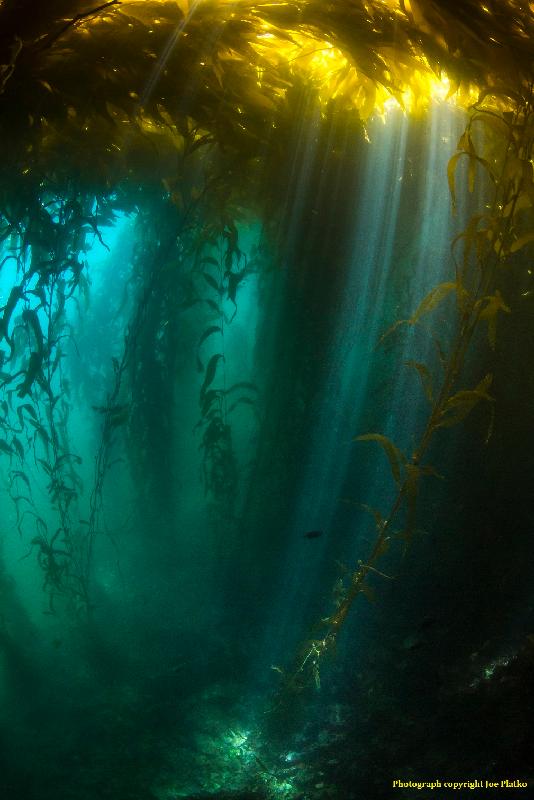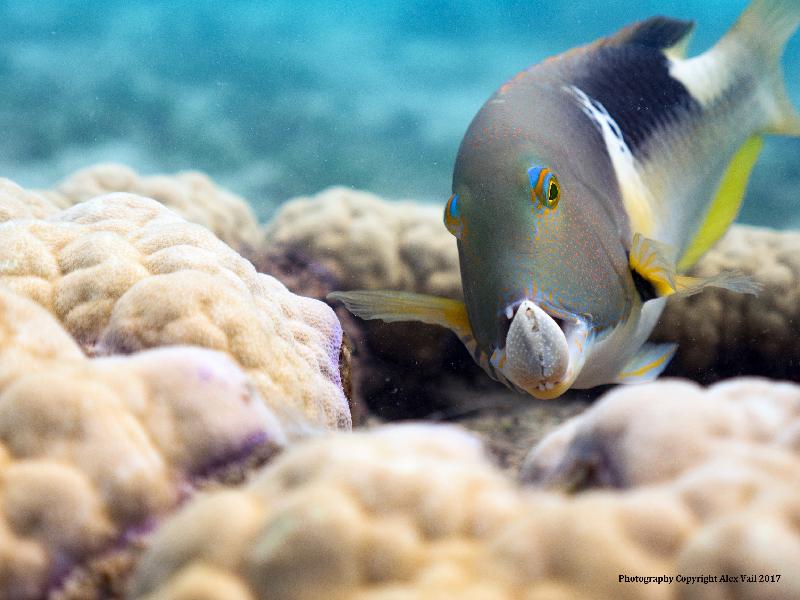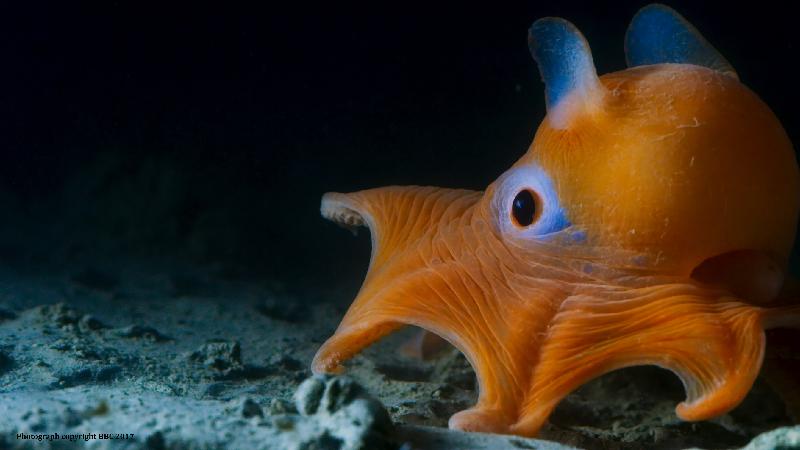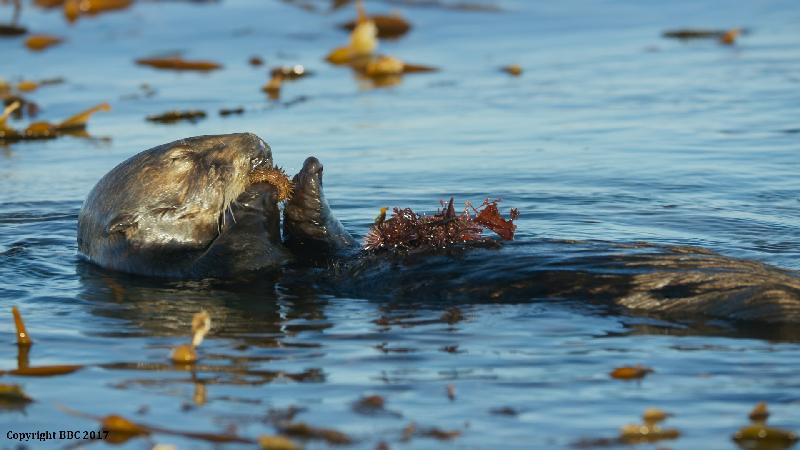Space Museum launches new Omnimax show "Oceans: Our Blue Planet" (with photos)
******************************************************************************
Oceans cover more than 70 per cent of the Earth's surface, yet people have better maps of the surface of the moon and Mars than they do of the ocean floor. In "Oceans: Our Blue Planet", the audience will be led by lively dolphins, view coral reefs and meet the ingenious tuskfish that uses a tool to open its food. In the great forests of the sea, there is a cunning octopus shielding herself in an armour of shells to hide from predators.
The 40-minute show will be screened until August 31 at the museum's Stanley Ho Space Theatre. It will be screened daily at 1.30pm, 5pm and 8.30pm.
Tickets priced at $24 (front stalls) and $32 (stalls) are available at the Hong Kong Space Museum Box Office and URBTIX (www.urbtix.hk). The museum is closed on Tuesdays (except public holidays).
The Hong Kong Space Museum is located at 10 Salisbury Road, Tsim Sha Tsui, Kowloon. For further information, please call 2721 0226 or visit the website at hk.space.musuem.
Ends/Thursday, February 28, 2019
Issued at HKT 15:00
Issued at HKT 15:00
NNNN









